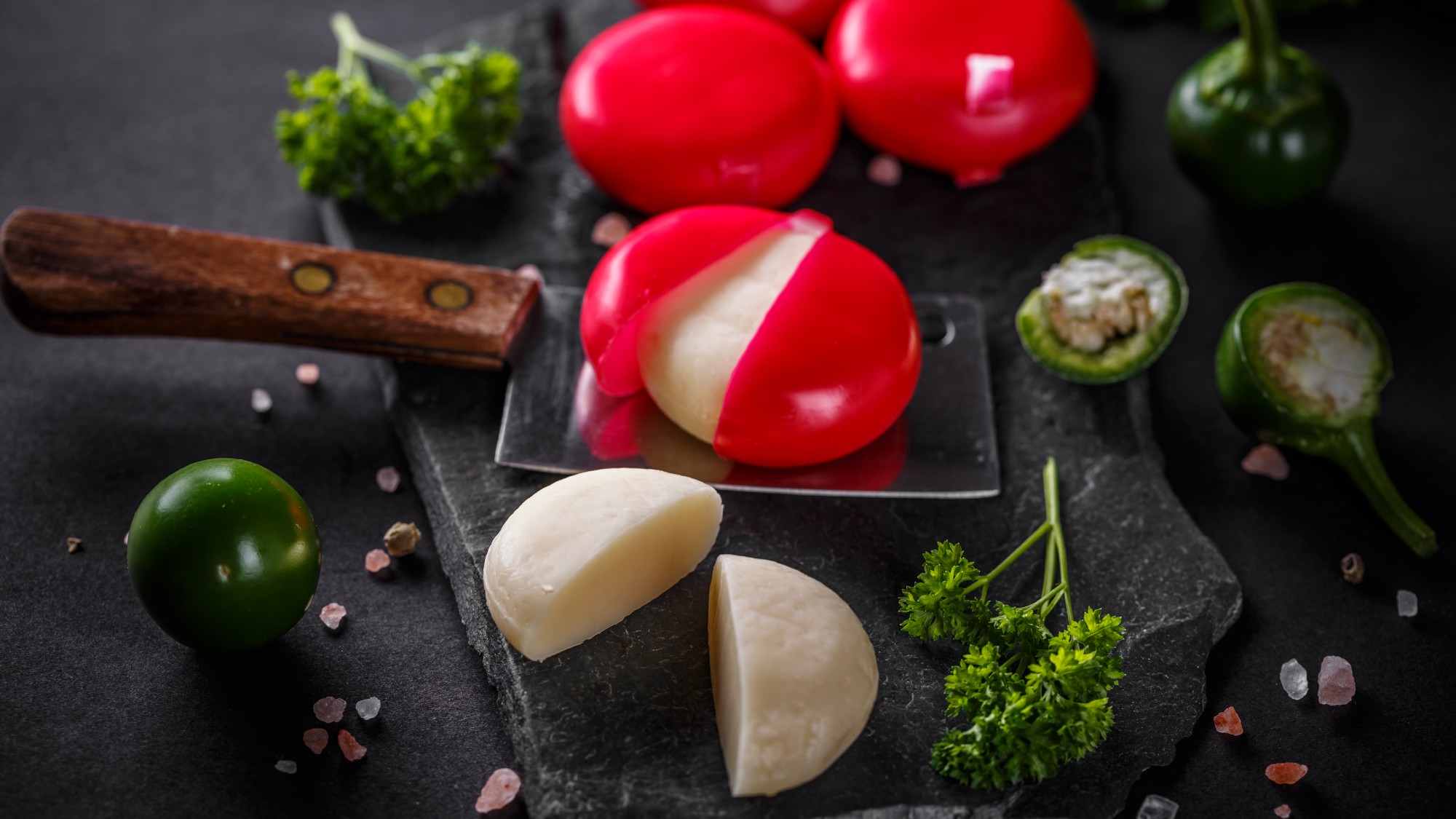This year's solar storms will help future Mars astronauts
Getting to the Red Planet requires planning and a whole lot of knowledge


The sun is currently at solar maximum. This means that the celestial body is at its peak activity, releasing higher levels of radiation and solar particles. It was a strong solar storm that recently made the Northern Lights visible across the Northern Hemisphere. While Earth's atmosphere and magnetic field protect the planet from these solar events, Mars has no such protection. But the sun's solar particles could be a boon for studies of — and travel to — Mars.
How is NASA studying solar activity?
Solar activity is at its peak this year, which provides a unique opportunity for scientists to observe the effect of increased solar radiation on Mars. Specifically, the Sun is in solar maximum when "the Sun is especially prone to throwing fiery tantrums in a variety of forms, such as solar flares and coronal mass ejections," NASA said. "These events launch radiation deep into space. When a series of these solar events erupt, it's called a solar storm." Solar maximum only occurs approximately every 11 years.
NASA's Mars Atmosphere and Volatile Evolution (MAVEN) orbiter and Curiosity rover are being used to study the solar particles and radiation of this activity as it streams toward Mars. MAVEN "observes radiation, solar particles and more from high above Mars," while Curiosity's Radiation Assessment Detectors (RAD) help "scientists understand how radiation breaks down carbon-based molecules on the surface, a process that could affect whether signs of ancient microbial life are preserved there," said a NASA statement. Both the quantity and energy of solar particles can affect the atmosphere and surface of Mars. "You can have a million particles with low energy or 10 particles with extremely high energy," Don Hassle, RAD's principal investigator, said in the statement. "While MAVEN's instruments are more sensitive to lower-energy ones, RAD is the only instrument capable of seeing the high-energy ones that make it through the atmosphere to the surface."
The Week
Escape your echo chamber. Get the facts behind the news, plus analysis from multiple perspectives.

Sign up for The Week's Free Newsletters
From our morning news briefing to a weekly Good News Newsletter, get the best of The Week delivered directly to your inbox.
From our morning news briefing to a weekly Good News Newsletter, get the best of The Week delivered directly to your inbox.
How would solar activity affect Mars exploration?
Earth's magnetic field mostly protects the planet from the effects of solar radiation; Mars does not have the same luxury. "For humans and assets on the Martian surface, we don't have a solid handle on what the effect is from radiation during solar activity," Shannon Curry of the University of Colorado Boulder's Laboratory for Atmospheric and Space Physics said in the NASA statement. Radiation can harm astronauts' health and cause radiation sickness, as well as disturb radio and electronic communications. That type of communication disruption could be a barrier to exploration. Scientists now have a chance to determine to what extent.
Part of MAVEN's capabilities includes an "early warning system that lets other Mars spacecraft teams know when radiation levels begin to rise," the statement said. "This heads-up enables missions to turn off instruments that could be vulnerable to solar flares." The data collected will also help determine the level of radiation protection astronauts on Mars would need.
Understanding solar storms and activity can also shed light on Mars' history and singular geology. While the Red Planet has limited water in the form of ice on its surface, water vapor exists in its atmosphere. The planet is "at a point in its orbit when it's closest to the Sun, which heats up the atmosphere." That proximity can "cause billowing dust storms to blanket the surface." This year's solar maximum coincides with the planet's dust storm peak, allowing scientists to test "whether global dust storms help to eject this water vapor, lofting it high above the planet, where the atmosphere gets stripped away during solar storms," the NASA statement said. Some experts posit that this process can explain how Mars transformed from having lakes and rivers to very little water today.
A free daily email with the biggest news stories of the day – and the best features from TheWeek.com
Devika Rao has worked as a staff writer at The Week since 2022, covering science, the environment, climate and business. She previously worked as a policy associate for a nonprofit organization advocating for environmental action from a business perspective.
-
 How weight-loss jabs are changing the way we eat
How weight-loss jabs are changing the way we eatIn The Spotlight Anti-obesity drugs have been a boon for Babybel but are supermarkets ready for a slimmed-down Christmas?
-
 Sudoku hard: December 18, 2025
Sudoku hard: December 18, 2025The daily hard sudoku puzzle from The Week
-
 Crossword: December 18, 2025
Crossword: December 18, 2025The daily crossword from The Week
-
 Blue Origin launches Mars probes in NASA debut
Blue Origin launches Mars probes in NASA debutSpeed Read The New Glenn rocket is carrying small twin spacecraft toward Mars as part of NASA’s Escapade mission
-
 ‘The Big Crunch’: why science is divided over the future of the universe
‘The Big Crunch’: why science is divided over the future of the universeThe Explainer New study upends the prevailing theory about dark matter and says it is weakening
-
 The moon is rusting
The moon is rustingUnder the radar The Earth is likely to blame
-
 Panspermia: the theory that life was sent to Earth by aliens
Panspermia: the theory that life was sent to Earth by aliensUnder The Radar New findings have resurfaced an old, controversial idea
-
 Africa could become the next frontier for space programs
Africa could become the next frontier for space programsThe Explainer China and the US are both working on space applications for Africa
-
 NASA reveals ‘clearest sign of life’ on Mars yet
NASA reveals ‘clearest sign of life’ on Mars yetSpeed Read The evidence came in the form of a rock sample collected on the planet
-
 SpaceX breaks Starship losing streak in 10th test
SpaceX breaks Starship losing streak in 10th testspeed read The Starship rocket's test flight was largely successful, deploying eight dummy satellites during its hour in space
-
 NASA is moving away from tracking climate change
NASA is moving away from tracking climate changeThe Explainer Climate missions could be going dark
